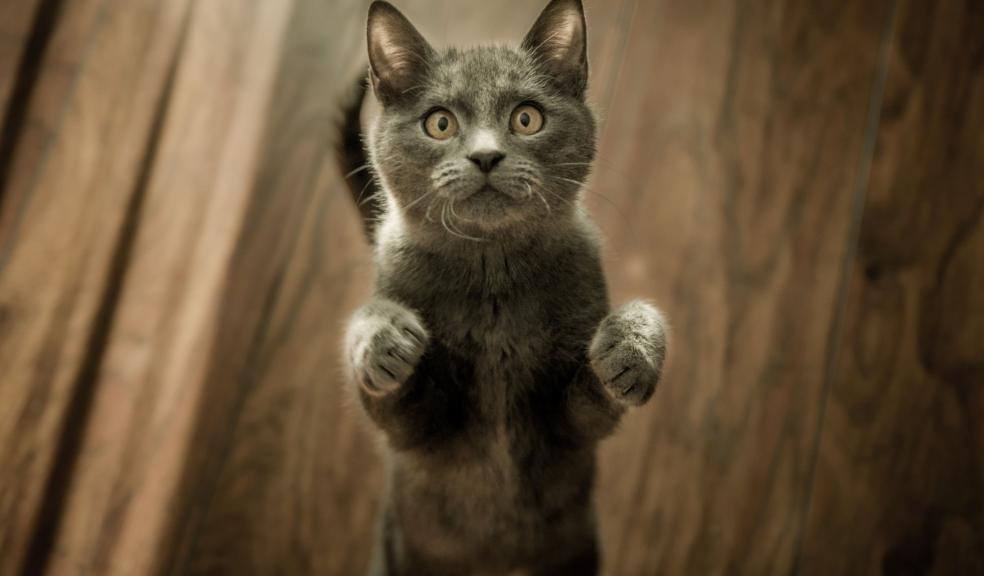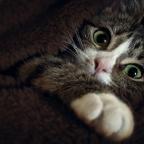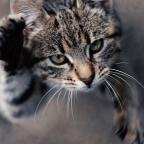
Decoding common cat behaviours - From joint stiffness and frustration to feeling the love, what is your cat trying to tell you?
With their sophisticated body language and reputation for being more independent than dogs, cats may seem a bit harder for humans to read. But could it be that we’re just missing the cues?
‘Cats have different moods and emotions just like us, but there is usually a reason for a cat’s emotional state and a trigger for any change in behaviour. Behaviour can tell us a lot about how our cats are feeling’, says leading feline behaviourist Lucy Hoile.
‘A cat experiencing joint stiffness will show a reluctance to run and jump, they may also start hiding away more and being less social. Reduced grooming and uncharacteristic toilet accidents are other warning signs, as is them becoming irritable or less willing to be handled or stroked.’
TV vet Dr Scott Miller explains why cats are so good at concealing the signs: ‘Being solitary animals, cats don’t have the same social relationships that dogs do, so they hide any weakness which could expose them to predators in the wild. The trouble is, this makes changes to joint health harder to spot and some cats might spend over half their life experiencing undetected joint stiffness, as a result.’
‘From a veterinary perspective, about 60% of cats over the age of six have some level of joint change, including joint stiffness, and that's where I feel supplements are so important to help keep them healthy and happy.’
Other common cat behaviours and what they mean by Feline behaviourist, Lucy Hoile.
- Chattering teeth - Usually a sign of frustration. Commonly when they are looking at a prey animal out of reach, such as spotting a bird through the window.
- Rubbing against you - Positive, affectionate behaviour. Can also be attention-seeking.
- Feline ‘kneading’ - A comforting behaviour stemming from kittenhood, when they would knead the mother's tummy to stimulate milk flow.
- Staring at you - Look for a slow blink to indicate your cat is relaxed and happy. Maintaining eye contact can also be a sign of threat.
- Won’t look at you - Eye contact can feel threatening, so looking away is avoiding conflict.
- Ear twitching - Ears up and facing forward usually shows they are relaxed or find something interesting. Turned down indicates frustration. Pinned right down indicates fear or anxiety.
As well as home environmental changes, such as providing well-padded, easily accessible sleeping spaces, Dr Scott recommends high-quality joint care supplements YuMOVE Joint Care for Cats and YuMOVE Joint Care PLUS for Cats, especially for more senior cats.
‘Pets in my practice have seen a difference after just a short time on YuMOVE, and clients are supremely happy with the results,’ he says. ‘Adding such a high-quality supplement to your cat’s daily feeding regime can help support their mobility.’
YuMOVE Joint Care PLUS for Cats is a NEW high-strength joint supplement for older and stiffer cats that is designed to aid stiff joints, help mobility, and support joint structure.
Meanwhile, YuMOVE Joint Care for Cats is a great way to help all cats stay happy and active.
Find out more at YuMOVE.co.uk.
Watch TV Vet, Dr Scott Miller and feline behaviourist, Lucy Hoile discuss cat behaviour and joint health https://www.youtube.com/watch?v=OdA3sfUahi4&feature=youtu.be







